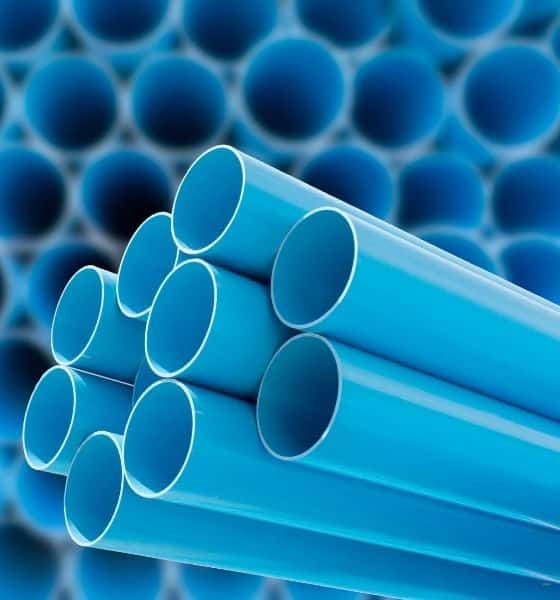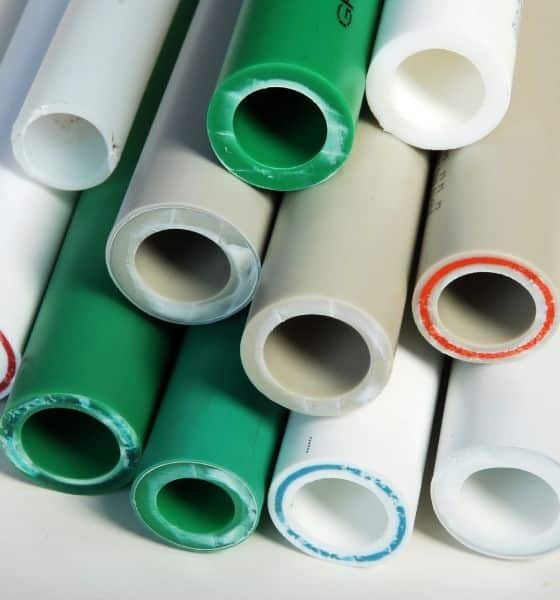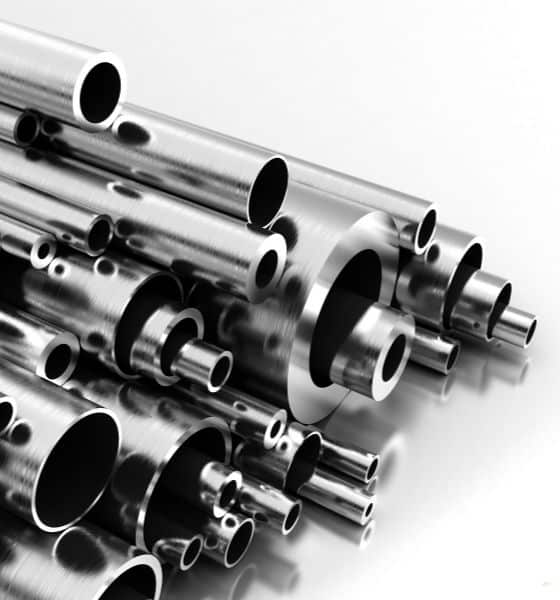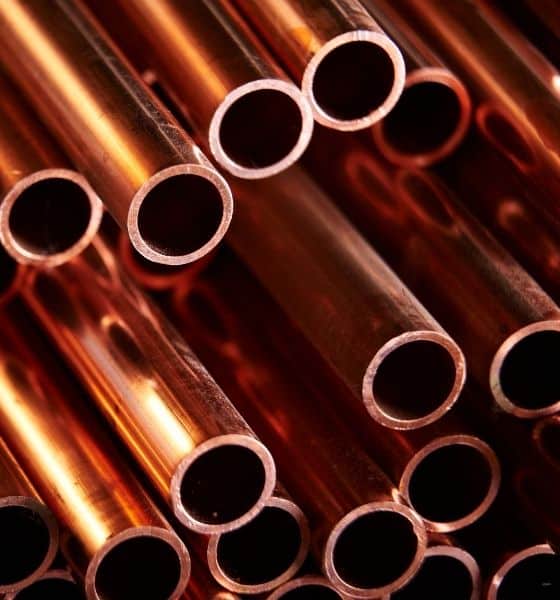Which Pipes Are Best for Your Home?
Are you trying to decide which pipes would work best in your house? Look no further; we can assist you. Continue reading to learn more!
Are you still confused about which pipes to use for your home? Worry no more; we’ve got you covered! There are many plumbing pipes available in the market, used by both professionals and non-professionals in residential and commercial buildings. However, not everyone knows which piping is best for their home. We’re here to help with this problem.
Understanding Your Options
We’ve put together a list of different types of pipes and specified which households they are most suitable for. Whether you need home renovations or general plumbing repairs, you can consult this list to determine the best piping for your needs. Without further ado, let’s get to it.
Types of Piping Materials
From small pipes to large pipings, there are a lot of options for your home. However, certain standard pipes, plumbing fittings, and fixtures are not allowed in Australian houses. Thus, we’re here to inform you about the types of plumbing pipes that are permitted in Australian households.
Plastic Piping Options
When it comes to pipes, two main materials are used: plastic and metal. Plastic pipes come in various compositions and sizes, typically shaped like hollow cylinders to transfer liquids and gas. Plastic pipes are lightweight, non-corrosive, chemically resistant, and easy to link. Thus, they are commonly used for plumbing in homes. However, there are some restrictions, so your plumber must be aware of the various pressure and temperature limitations of plastic pipes.
Here are the main types of plastic piping commonly used in Australian homes, including their capabilities and restrictions:

PVC (Polyvinyl Chloride)
PVC is commonly used for wastewater and stormwater drainage. It’s the most commonly used piping in residential homes in Australia due to its affordability and versatility. PVC pipes can handle both warm and cold water and are also used for irrigation purposes.
Made of plastic, they do not rust or corrode over time, meaning they usually don’t need replacement unless damaged. PVC is easy to use as it doesn’t require welding or metalwork.
Disadvantages: PVC pipes can’t handle hot liquids, as they will warp. Most PVC is not rated for drinking water because it can degrade with high temperatures, UV light exposure, and extremely high pressures, potentially contaminating the water supply.

PEX (Polyethylene Cross-Linked Pipe)
PEX is innovative in the plumbing industry, resistant to both hot and cold temperatures. It can be used for hot and cold water lines and even heating systems. PEX is flexible and can be snaked through any part of your home.
Advantages: PEX is more affordable and easier to install compared to metal piping. It can be joined in various ways, including push-fit fittings and crimp rings.
Disadvantages: Despite its high resistance to hot temperatures, PEX cannot be directly connected to water heaters. A metal connector is recommended for such connections.
Metal Piping Options
Although plastic pipes are popular, metal pipes such as copper are still used in homes due to their durability.

Stainless Steel Pipes
Stainless steel is low-maintenance, corrosion-resistant, and oxidation-resistant, suitable for high-temperature and chemical applications. Stainless steel pipes are used in areas prone to corrosion and near coastal areas. They are available in both flexible and rigid forms and require special couplings for attachment to other types of pipes.
Manufacturing: Stainless steel pipes are made either through welding, shaping steel into a pipe shape and welding the seams, or through extrusion, creating a seamless product by heating a steel rod and piercing it to form a pipe.
Disadvantages: Stainless steel pipes are expensive compared to other materials.

Copper Pipes
Copper pipes are commonly used for water supply lines and heating, cooling, and air conditioning systems. They are corrosion-resistant, making them reliable for connections.
Types:
- Type K: Thick-walled, used for underground installations.
- Type L: Medium-walled, used for interior plumbing.
- Type M: Thin-walled, used for residential applications.
- DWV (Drain, Waste, Vent): Found in older homes.
Disadvantages: Copper pipes are durable and extensively reliable, widely used in plumbing. Copper fittings are also popular and used in various applications, including gas fittings and water heater fittings.
Conclusion
Pipes and plumbing fixtures are the skeleton of our homes. It’s essential to know which materials are appropriate for your house to avoid frequent emergency plumbing issues. We hope this guide helps you understand the different types of pipes available and find the best piping for your home.
If you experience emergency plumbing situations due to wrong piping installations, the Plumbing and Electrical Doctor can help. We specialize in plumbing and electrical services, with certified plumbers and electricians trained to provide excellent customer service. We offer 24/7 services with no weekend penalty rates.
If you need a plumber, don’t hesitate to call us at 131091. Our representatives are ready to assist you. For more information, visit our website and chat with us!
THE DOCTOR GETS IT DONE
